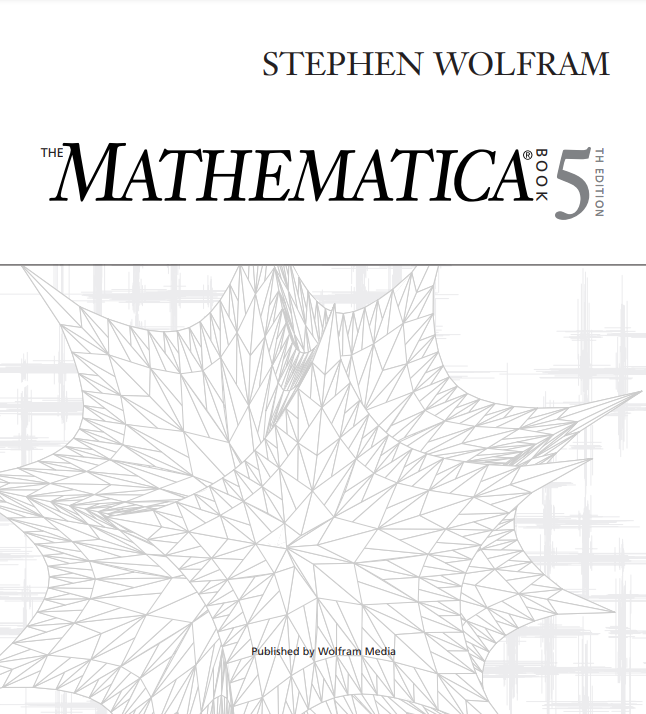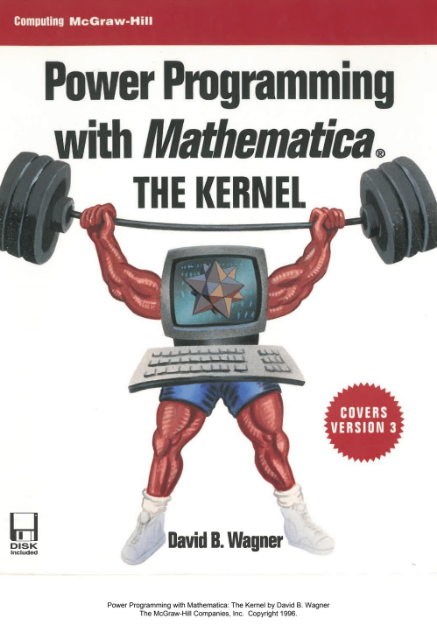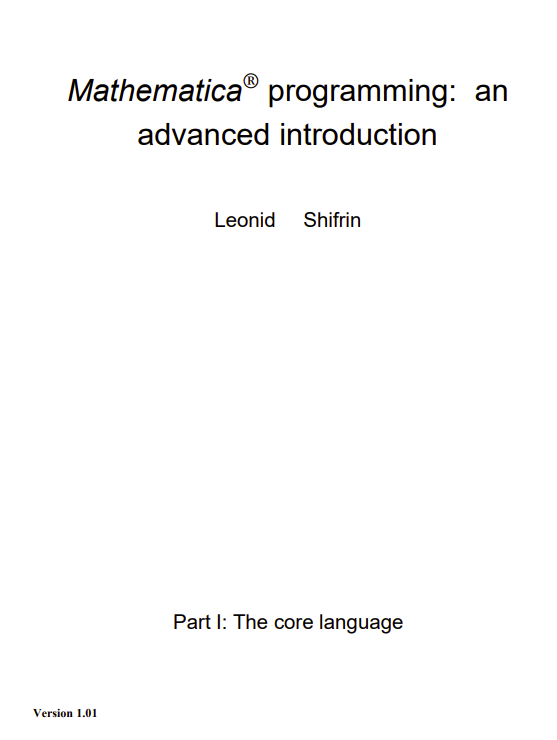Mathematica is the world’s only fully integrated environment for technical computing. First released in 1988, it has had a profound effect on the way computers are used in many technical and other fields.
It is often said that the release of Mathematica marked the beginning of modern technical computing. Ever since the 1960s individual packages had existed for specific numerical, algebraic, graphical, and other tasks. But the visionary concept of Mathematica was to create once and for all a single system that could handle all the various aspects of technical computing in a coherent and unified way. The key intellectual advance that made this possible was the invention of a new kind of symbolic computer language that could for the first time manipulate the very wide range of objects involved in technical computing using only a fairly small number of basic primitives.
When Mathematica Version 1 was released, the New York Times wrote that “the importance of the program cannot be overlooked”, and Business Week later ranked Mathematica among the ten most important new products of the year. Mathematica was also hailed in the technical community as a major intellectual and practical revolution.
At first, Mathematica’s impact was felt mainly in the physical sciences, engineering, and mathematics. But over the years, Mathematica has become important in a remarkably wide range of fields. Mathematica is used today throughout the sciences—physical, biological, social, and other—and counts many of the world’s foremost scientists among its enthusiastic supporters. It has played a crucial role in many important discoveries and has been the basis for thousands of technical papers. In engineering, Mathematica has become a standard tool for both development and production, and by now many of the world’s important new products rely at one stage or another in their design on Mathematica. In commerce, Mathematica has played a significant role in the growth of sophisticated financial modeling, as well as being widely used in many kinds of general planning and analysis. Mathematica has also emerged as an important tool in computer science and software development: its language component is widely used as a research, prototyping, and interface environment.
The largest part of Mathematica’s user community consists of technical professionals. But Mathematica is also heavily used in education, and there are now many hundreds of courses— from high school to graduate school—based on it. In addition, with the availability of student versions, Mathematica has become an important tool for both technical and non–technical students around the world.
The diversity of Mathematica’s user base is striking. It spans all continents, ages from below ten up, and includes for example artists, composers, linguists, and lawyers. There are also many hobbyists from all walks of life who use Mathematica to further their interests in science, mathematics, and computing.
Ever since Mathematica was first released, its user base has grown steadily, and by now the total number of users is above a million. Mathematica has become a standard in a great many organizations, and it is used today in all of the Fortune 50 companies, all of the 15 major departments of the U.S. government, and all of the 50 largest universities in the world.
At a technical level, Mathematica is widely regarded as a major feat of software engineering. It is one of the largest single application programs ever developed, and it contains a vast array of novel algorithms and important technical innovations. Among its core innovations are its interconnected algorithm knowledge base, and its concepts of symbolic programming and of a document–centered interfaces.
The development of Mathematica has been carried out at Wolfram Research by a world-class team led by Stephen Wolfram. The success of Mathematica has fueled the continuing growth of Wolfram Research and has allowed a large community of independent Mathematica–related businesses to develop. There are today well over a hundred specialized commercial packages available for Mathematica, as well as more than three hundred books devoted to the system.





